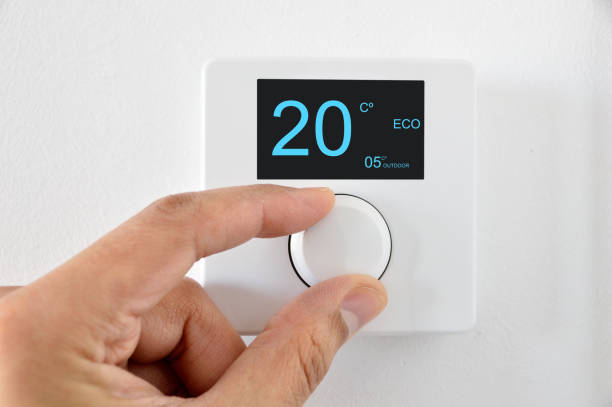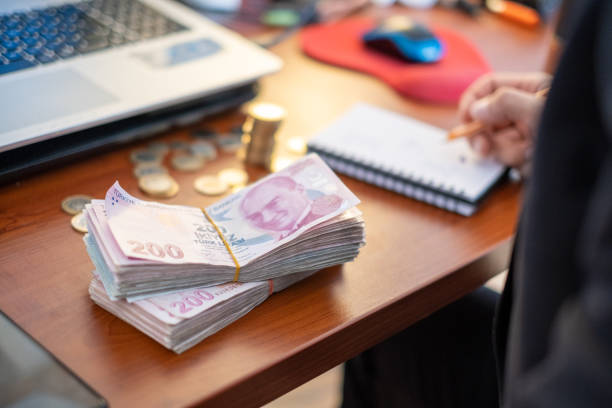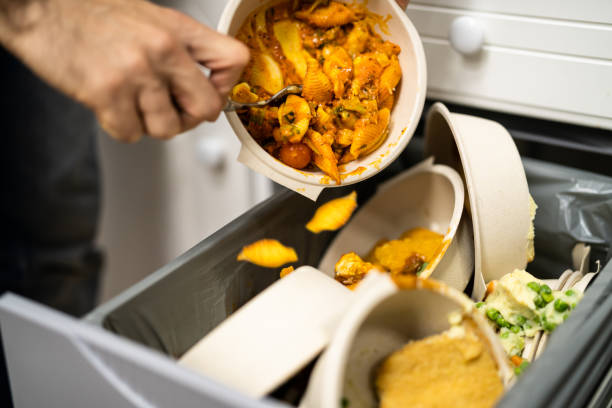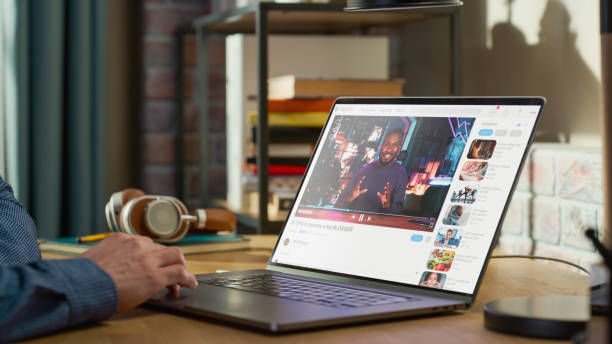10 Money-Saving Hacks that Actually Work
Since most of us are cutting back on our expenses, here are ten hacks that can help you save money on just about everything.
These tricks might not seem like much individually, but they’ll all add up in a big way when it comes time to pay your bills. Here are some simple money-saving tips you can start using today.
1. Use Your Debit Card for Everything
One of the easiest ways to curb impulsive spending is by simply carrying less cash with you. Leave any extra cash at home, use a debit card for purchases or only take out enough cash for one or two days at a time from an ATM (and keep track of how much money is left).
This will make it easier to track where you spend your money each day so you can rein in unnecessary purchases.
2. Stop Buying Bottled Water
Bottled water is expensive—about $1 per liter—and often not all that different from tap water, which costs just a few cents per gallon. If you’re concerned about cleanliness, invest in a high-quality filter for your faucet or install one under your sink to remove contaminants like lead and chlorine before they get into your drinking water. You’ll save lots of money on bottled water every year!
3. Cook More Meals at Home
Cooking at home has several advantages over eating out, including lower prices and healthier options. If you eat fast food twice a week, try cutting back to once a week or even once every other week instead.

Not only will you save money but you’ll also lose weight because most fast food restaurants serve meals loaded with calories, fat and sodium.
4. Cut Down on Cable TV
Cable TV isn’t cheap, especially if you have multiple TVs in your house. Cutting back on cable can help you save hundreds of dollars a year. Instead of paying for cable or satellite TV, consider streaming content online using services like Netflix, Hulu Plus and Amazon Prime.
5. Reduce Energy Usage
When was the last time you replaced your old light bulbs with newer, more efficient models?
Replacing incandescent bulbs with compact fluorescent light bulbs (CFLs) can cut lighting costs by up to 75 percent.
And CFLs are actually better for your health than incandescent bulbs since they don’t emit harmful UV rays or produce heat that could damage lamps and furniture.
6. Buy Used Items
Buying used items is usually cheaper than purchasing new ones. Just be sure to inspect items carefully for signs of wear and tear, as well as hidden defects such as mold or rust.
7. Turn Off Lights When You Leave a Room
Lighting accounts for 14 percent of household electricity consumption, according to Energy Star.
To reduce your bill while also saving energy, turn off lights when you leave a room—even overhead lights in rooms that aren’t being used.
8. Adjust Your Thermostat in Summer and Winter
Set Your thermostat higher in summer and lower in winter.

Setting your thermostat a few degrees higher in summer and a few degrees cooler in winter can save you 10 to 15 percent on cooling and heating bills, according to Energy Star.
9. Drive Less
Frequent driving can really add up—in both money and gas. Consider carpooling with coworkers or joining a ride-sharing service like Uber or Lyft for shorter trips around town.
If you do drive, try to combine errands and drive during less-congested times of day.
10. Wash Clothes in Cold Water
Washing clothes in warm or hot water can cost more than 50 cents per load, while washing them in cold water can save you more than $100 a year on your utility bill. Try setting your washing machine to a lower temperature and see if your clothes still come out clean. If they do, you’ll save money every time you wash laundry at home.














